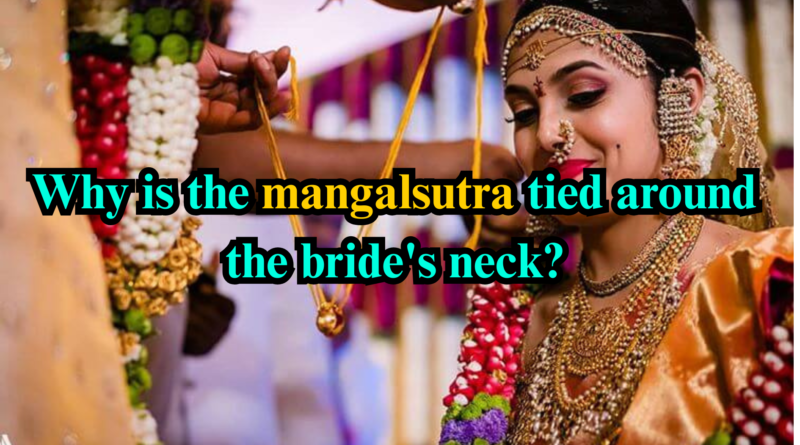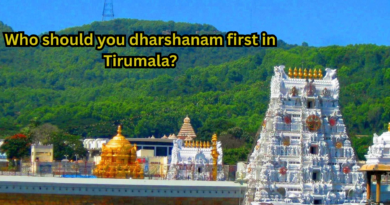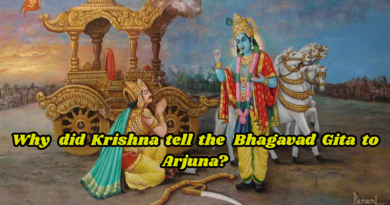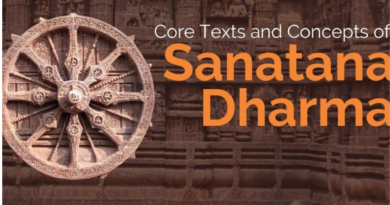Why is the mangalsutra tied around the bride’s neck?
The Mangalsutra holds deep cultural and spiritual significance in Hindu tradition. Derived from the Sanskrit words “mangal” meaning auspicious, and “sutra” meaning thread, it represents the sacred union between husband and wife. During a Hindu wedding ceremony, the groom ties the mangalsutra around the bride’s neck, usually in three knots, symbolizing their bond in physical, emotional, and spiritual dimensions. This moment is one of the most pivotal in the wedding rituals, marking the beginning of a lifelong commitment.
The design of a mangalsutra varies across regions in India, but it traditionally consists of black beads strung along a gold chain. The black beads are believed to ward off evil eyes and protect the marriage from negative energies. Gold, being a pure and auspicious metal in Hindu belief, symbolizes wealth, prosperity, and divine energy. Together, the combination creates a powerful amulet that is not just ornamental, but a spiritual safeguard.
Culturally, the mangalsutra is worn as a symbol of a woman’s marital status, akin to the Western concept of a wedding ring. However, its importance extends far beyond societal markers. For a married Hindu woman, wearing a mangalsutra is a constant reminder of her vows and responsibilities within the marriage. It’s considered inauspicious to remove it without ritual or necessity, reinforcing the permanence and sanctity of the marital bond.
There are multiple regional variations in the form and significance of the mangalsutra. In Maharashtra, it often includes two vatis (gold cups) symbolizing the couple. In Tamil Nadu, a similar ornament called Thali or Thirumangalyam is used. Though styles may differ, the essence remains the same celebrating the sacredness of marital life. These regional distinctions add layers of cultural identity and familial tradition to the piece.
The spiritual symbolism of the mangalsutra lies in its role as a talisman. It is believed that the continuous wearing of this thread bestows long life upon the husband and strengthens the bond between the couple. The three knots tied by the groom also reflect the couple’s unity in thought, word, and deed. In this way, the mangalsutra is not just a jewel, but a living thread of love and spiritual harmony.
Modern interpretations of the mangalsutra have also evolved. Many women today opt for designs that blend tradition with contemporary aesthetics slimmer chains, diamond pendants, or even mangalsutra bracelets. While the form has adapted to changing times, the symbolic importance remains untouched. This shift also reflects the evolving role of women in societyb alancing modernity with tradition.
Psychologically, wearing a mangalsutra may also instill a sense of emotional security and belonging. It acts as a daily emblem of love, duty, and mutual respect. For many women, it serves as a comforting and empowering reminder of their identity as a life partner and homemaker, deeply rooted in cultural heritage.
In conclusion, the mangalsutra is much more than a beautiful ornament. It is a sacred promise, a protective charm, and a lifelong companion. It embodies a woman’s journey through marriage, weaving threads of love, duty, tradition, and spirituality into her life. Across generations, it continues to be a timeless emblem of the sacred union between husband and wife in Hindu culture.




